If you’ve ever wondered how to help your students become active, independent readers who truly understand what they read, reciprocal teaching is a strategy worth exploring. This structured, collaborative approach not only improves comprehension but also fosters critical thinking and student engagement. Let’s break down what reciprocal teaching is, why it works, and how you can easily implement it in your classroom.
What is Reciprocal Teaching?
Reciprocal teaching is a research-backed instructional strategy that enhances reading comprehension through four key strategies: predicting, questioning, clarifying, and summarizing. In this approach, students work in small groups and take turns leading discussions about sections of a text. By engaging in these structured conversations, students actively interact with the material, improving their understanding in the process.
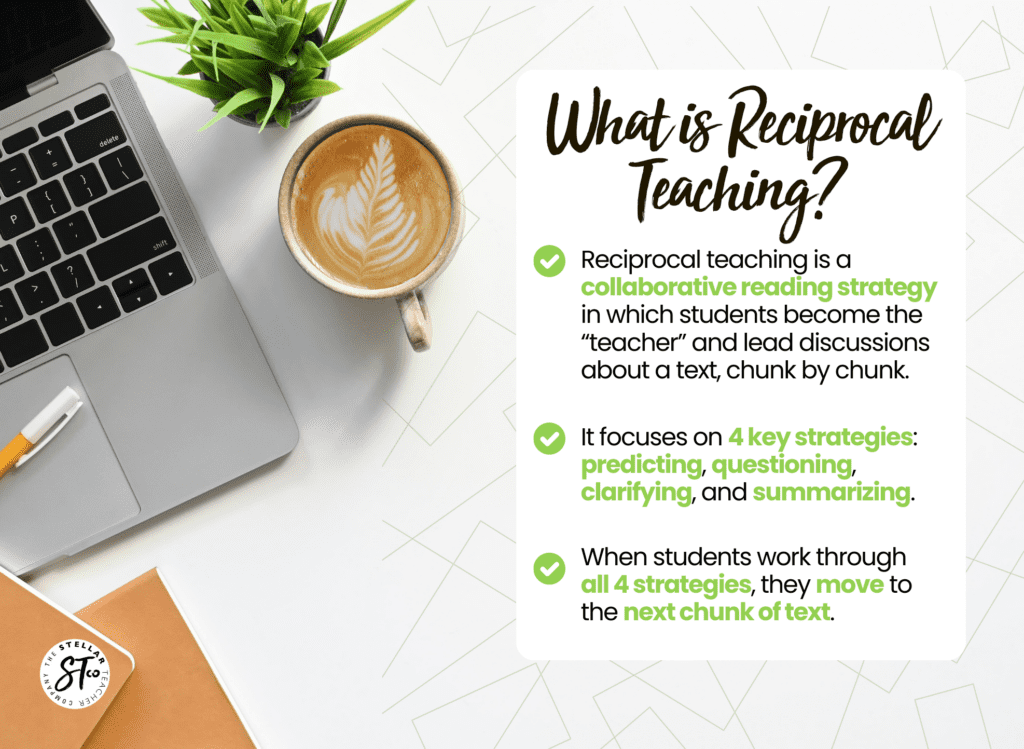
The Research Behind Reciprocal Teaching
This strategy has been around since the 1980s and has been widely studied. A significant review by Rosenshine and Meister analyzed multiple studies and concluded that reciprocal teaching significantly improves reading comprehension across various classroom settings and student populations. For educators, this means implementing this method in the classroom can yield tangible benefits for all learners.
How Does It Work?
To implement reciprocal teaching, divide your students into small groups—four students per group is ideal, though pairs can also work. Provide each group with a text broken into four to six sections, ensuring each student gets a chance to lead the discussion for a portion of the reading.
The process follows these steps:
- Predict – Before reading, students make predictions about the section based on the title, illustrations, or prior knowledge.
- Question – While reading, students generate questions about the content to deepen their understanding.
- Clarify – After reading, students identify and resolve confusing words or concepts.
- Summarize – Finally, they summarize the main ideas of the section.
By rotating roles, every student has the opportunity to facilitate a discussion, reinforcing their comprehension skills.
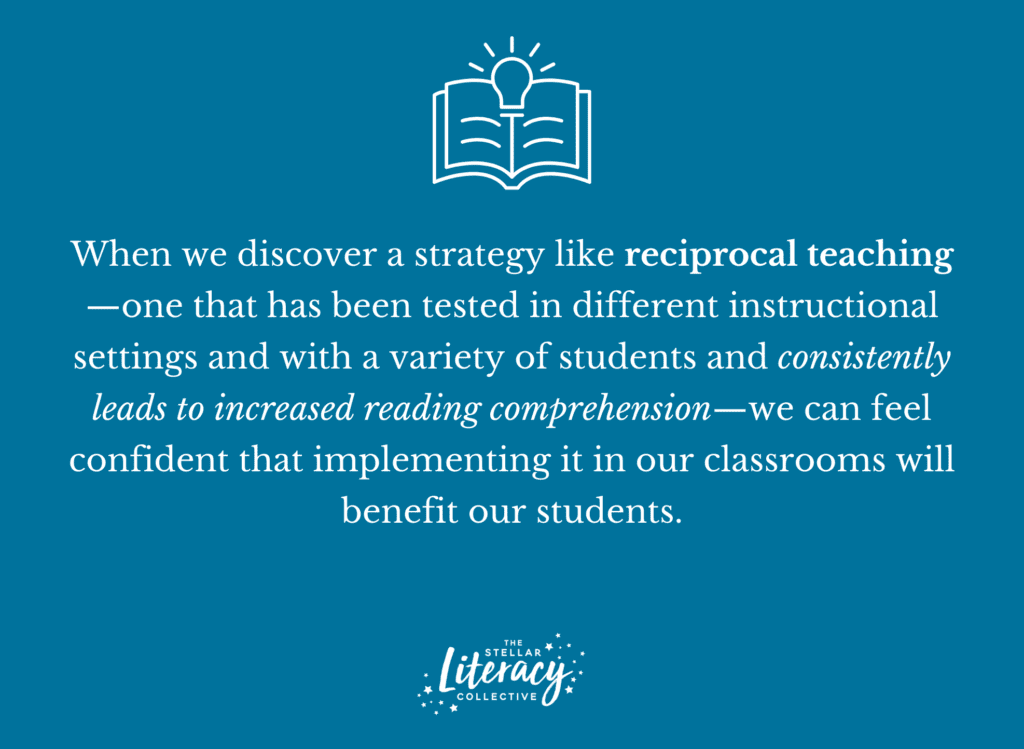
Steps to Implement Reciprocal Teaching
1. Prepare the Text
Select a text that can be divided into manageable chunks. Nonfiction texts work particularly well since they often have natural divisions like subheadings. However, fiction can also be used effectively if the sections are clearly marked.
2. Introduce and Model the Strategy
Before expecting students to use the strategy independently, model it for them. Read a short passage aloud and demonstrate the four steps, thinking aloud as you go. Write down your thoughts on a sticky note or chart to make your process visible.
3. Engage in Guided Practice
Once students have seen the strategy modeled, guide them through the process. You can facilitate a whole-class discussion where everyone participates in predicting, questioning, clarifying, and summarizing together.
4. Use a Fishbowl Activity
Choose a small group of confident students to demonstrate reciprocal teaching while the rest of the class observes. Narrate the process as they go through each step to reinforce expectations and clarify the strategy’s purpose.
5. Support Independent Group Work
Provide students with checklists, graphic organizers, or note-taking templates to help them stay on track. Assign clear roles for each discussion to ensure that every student actively participates.

Want to learn more… on the go? If so, check out Episode #237 of The Stellar Teacher Podcast: Reciprocal Teaching: A Research-Backed Approach to Stronger Readers.
Check out a new podcast episode weekly!
Why Reciprocal Teaching is Powerful
1. Improves Reading Comprehension
Research shows that reciprocal teaching is particularly beneficial for struggling readers. It provides structured opportunities for students to practice comprehension strategies that proficient readers use instinctively.
2. Builds Confidence
Taking on the role of the teacher helps students feel more comfortable using comprehension strategies. The more they practice, the more confident they become in their reading abilities.
3. Develops Metacognitive Skills
Reciprocal teaching encourages students to monitor their own understanding and take action when something doesn’t make sense. The clarifying step, in particular, helps students develop problem-solving skills for tackling challenging texts.
Introducing reciprocal teaching may take some time, but once it becomes a classroom routine, it can be a game-changer for reading comprehension. I encourage you to implement this strategy at least once a week for the remainder of the school year. By doing so, you’ll see your students grow into more engaged, thoughtful, and independent readers!
Need more support with research-backed comprehension strategies in your classroom? Join The Stellar Literacy Collective to to access ready-made lesson plans, engaging activities, and resources designed to help your students connect with texts and boost comprehension. Let’s take the stress out of planning and make your literacy block a time for meaningful learning and growth!
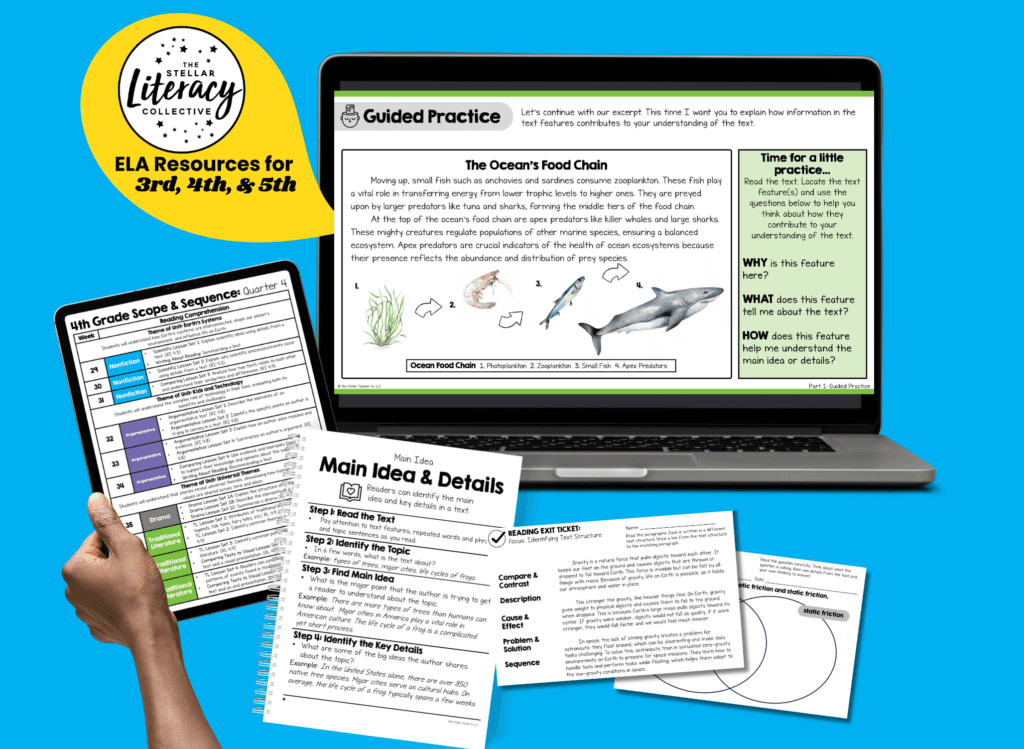

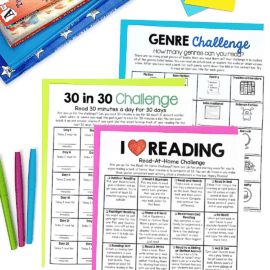
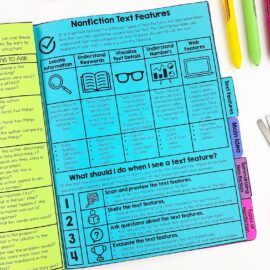
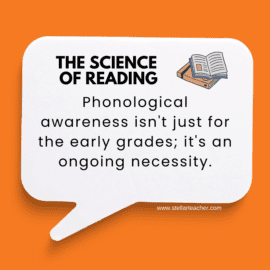
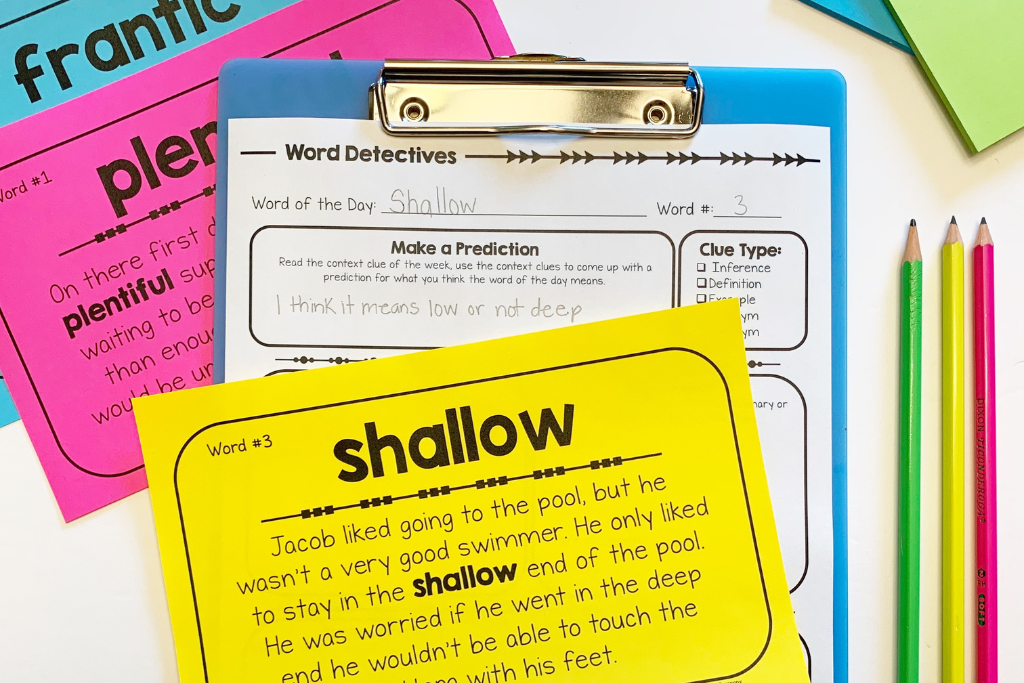






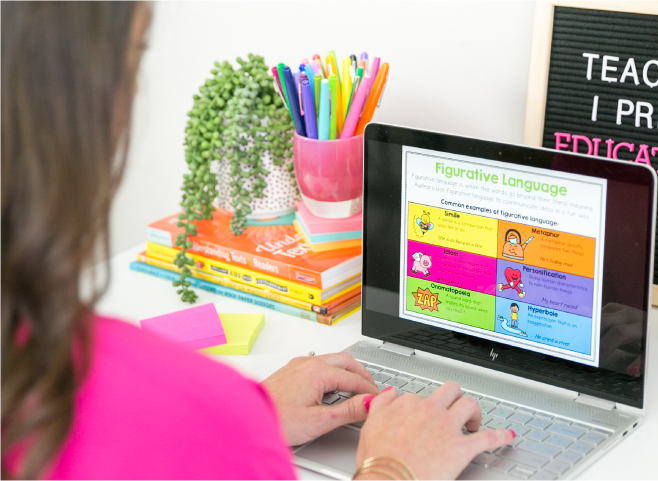

Leave a Comment
You must be logged in to post a comment.